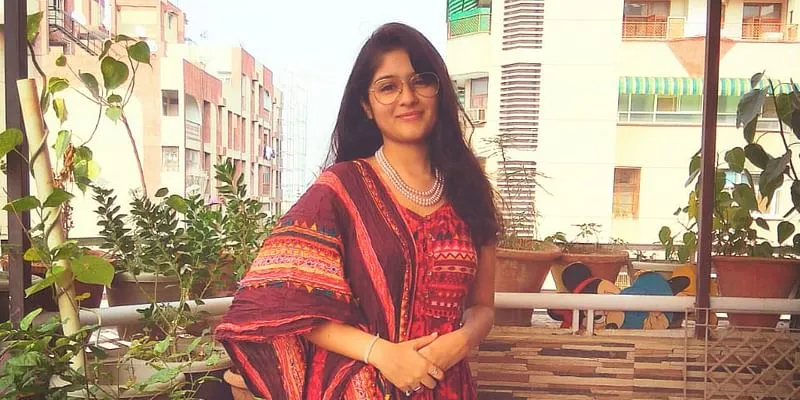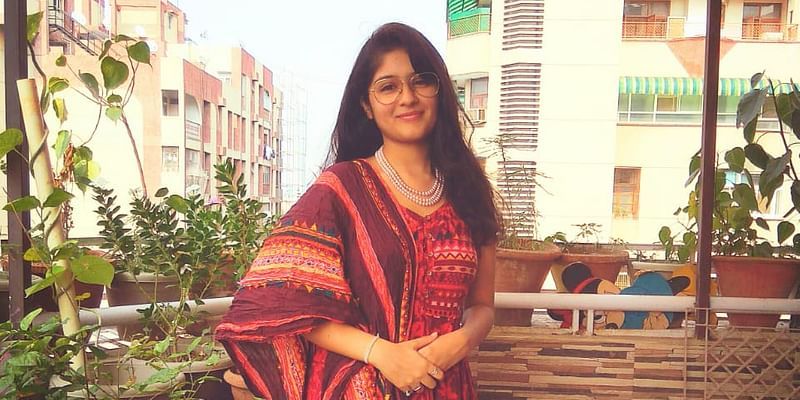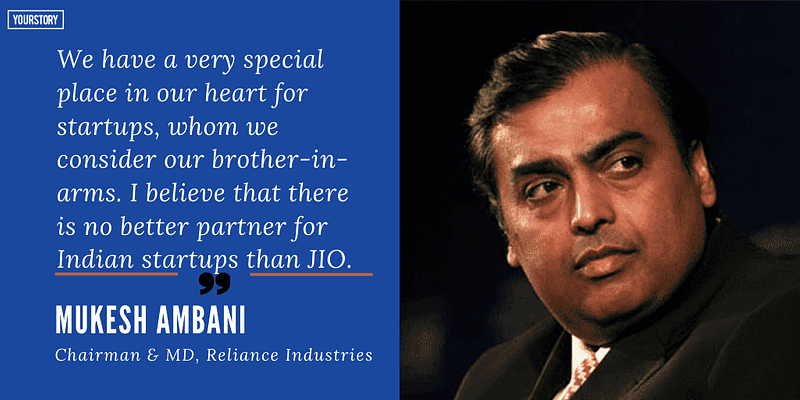Started with Rs 30,000, Lavish is clocking Rs 20 lakh revenue by selling handmade items online
Handmade apparel and accessories brand Lavish was started by Aarushi in 2017. Today, 95 percent of the brand’s business comes from international markets, including the US, Italy, and Denmark.
Age doesn’t matter when you’re following your passion. And Delhi-based Aarushi stands tall as an example of how you don’t need experience on your side to venture into the world of entrepreneurship.
A graduate in economics, she started her entrepreneurial journey in 2015 by selling online on Amazon. She followed that up by working with a startup as a business developer. But Aarushi soon realised that she wanted to do business full-time and decided to quit her job.

Aarushi, Founder & Director, Lavish
, a brand that sells handmade apparel and accessories, was established in 2017 in Dwarka, Delhi. The firm now clocks a turnover of more than Rs 20 lakh annually.
SMBStory spoke to Aarushi about why she decided to venture into entrepreneurship, how she sources her products, and why she’s selling more in international markets.
Edited excerpts from the interview:
SMBStory: Tell us something about your company.
Aarushi: Lavish is a Made-in-India Brand that sells handmade things, including accessories, clothes and handbags. I started the firm in 2017 with an investment of Rs 30,000 (my own savings). Initially, I was selling only ethnic apparel but gradually expanded to selling bags, accessories, and much more.
SMBS: Where are these products made? Where do you source your raw materials from?
A: Some of them are made by artisans spread across Meerut, Agra, and other places in Uttar Pradesh. I have employed around 30 artisans who work for me on a daily-wage basis.
We get 100 kg of denim from Jaipur. We wash and refine the fabric at our in-house facility. Other raw materials are brought from different parts of the country, mainly Old Delhi and Gujarat. I have also partnered with around 30 vendors.
SMBS: What were the challenges you faced while setting up the business?
A: I started the business when I was 23 years old. The biggest challenge was that nobody took me seriously especially when I was setting up the supply chain.
In addition, the competition in this sector is immense. Not getting defeated by the competition and moving forward consistently was something I had to work on a lot.
Being a merchant exporter, payments come in the form of foreign remittances from countries beyond the borders. The transaction cost of operating is very high because public sector banks are very slow. They have to clear entries in EDPMS system, introduced by the Reserve Bank of India in 2014 for banks to bring their transactions with exporters online. We are unable to apply for incentives, if applicable. Because of this process, we often give up our profits for no good reason.
SMBS: Tell us something about your digital and international presence.
A: We are present on ecommerce platforms like IndiaMart, social media platforms like Facebook and Instagram, and on Federation of Indian Export Organisations (FIEO), Enterprise Europe Network, and a US-based export portal. They were earlier also listed on Amazon.
Internationally, we are present in the US, Italy, Denmark, and Australia.
SMBS: What is the difference between international markets and the Indian market?
A: A whopping 95 percent of our business comes from the international markets; the rest comes from the Indian market. This is because demand for handmade goods is less in India and is higher abroad. We have also bagged a project to make native African jewellery.
SMBS: What do you think is the state of women entrepreneurship in India?
A: The number of women entrepreneurs in India has risen over the years. A lot of government organisations are conducting training courses, online and offline, for women entrepreneurs.
Capital investment, in the form of loans for women entrepreneurs, has also proved to be very helpful. However, men continue to dominate the space and many times don't want to work with women.
SMBS: What are your plans for the future?
A: Everything is on hold because of COVID-19. When the lockdown is lifted, I plan to roll out a clear retail strategy for my firm. I also plan to open my retail store, online and offline, in the near future.
After the lockdown, I want to get Lavish listed on Amazon Global and am looking at partnerships with retail stores like Big Bazaar and Pantaloons. I will also be launching our B2C website soon.
(Edited by Teja Lele Desai)
Edited by Teja Lele












